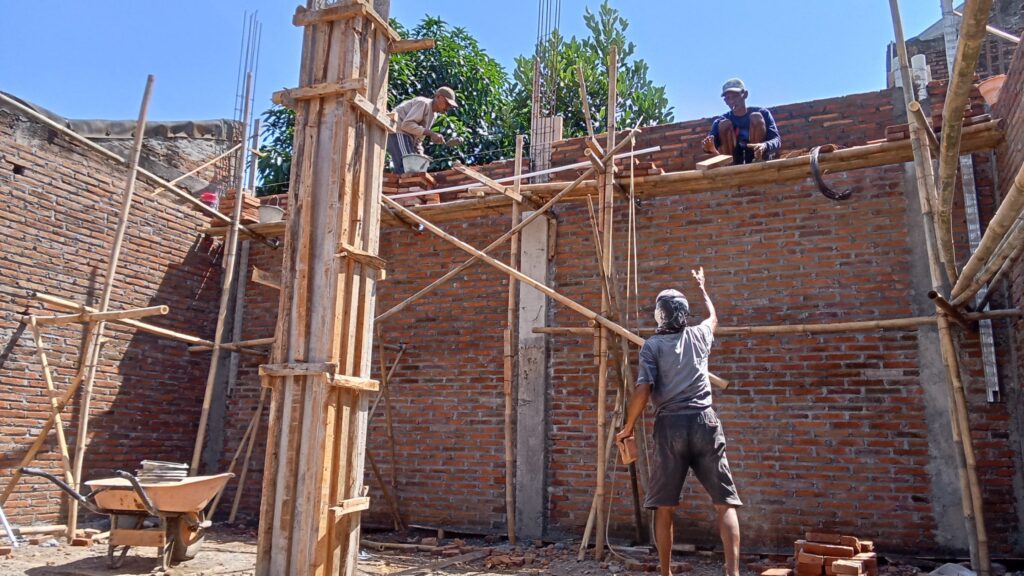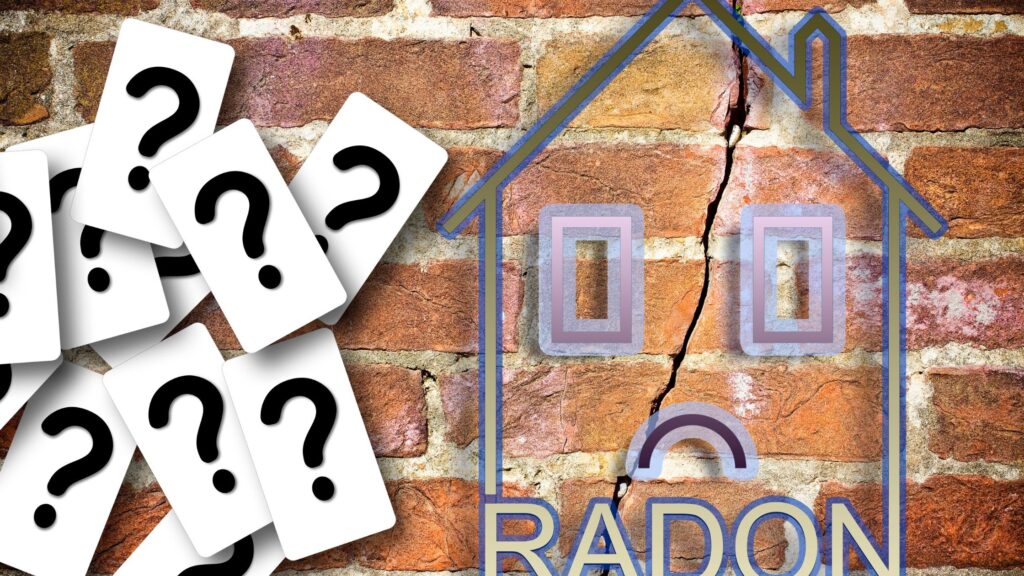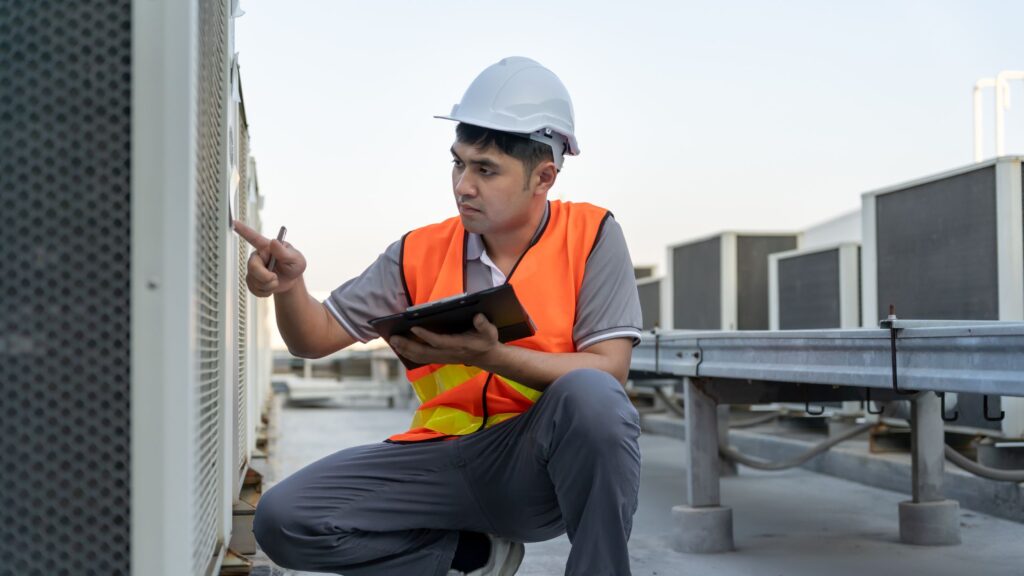Radon gas lurks invisibly in buildings, posing a serious threat, especially in commercial structures. Commercial radon mitigation provides effective solutions that protect occupants, preserve property value, and ensure regulatory compliance. Through strategic planning, professional execution, and ongoing support, businesses can confidently tackle radon risks. This article explains how Commercial radon mitigation works, how Des Moines Radon handles it, and why it matters so much.
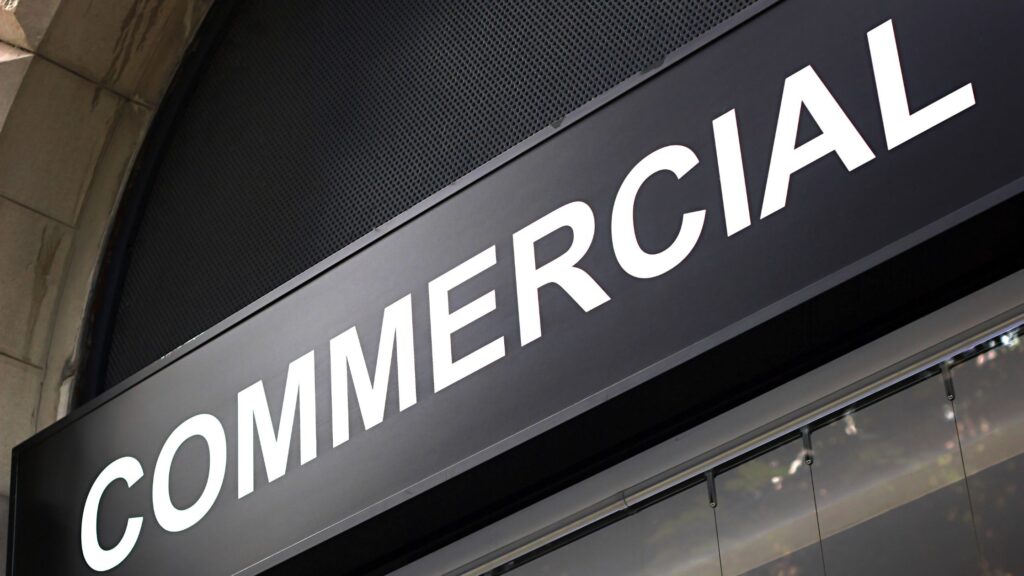
What Is Commercial Radon Mitigation?
Commercial radon mitigation refers to the active removal or reduction of radon gas in commercial buildings. Essentially, trained professionals test radon levels, determine where it’s entering, and then install systems—most often active soil depressurization—to vent radon from beneath the building safely outdoors. By addressing both air and water sources, a comprehensive solution emerges. Des Moines Radon offers these full-scale services tailored to offices, schools, restaurants, industrial plants, HUD projects, and other commercial properties across greater Des Moines.
Why Businesses Must Address Radon
Firstly, radon is the second-leading cause of lung cancer among non-smokers. Unfortunately, it remains undetectable without testing. In commercial environments—where many people spend long hours—higher exposure amplifies health risks. Consequently, taking preventive action minimizes liability, ensures compliance, and safeguards both reputation and occupants.
Moreover, effective of this radon mitigation improves indoor air quality, reassures clients and employees, and enhances resale or rental value. Notably, documented systems often lead to quicker, smoother property transactions. Learn more about Radon in Nature.
Key Steps in Commercial Radon Mitigation
A. Professional Radon Testing
Certified technicians perform short-term and, when needed, long-term testing to measure radon levels accurately. These tests help determine whether mitigation is needed and inform system design. Radon testing covers not only air but, for buildings relying on well water, waterborne radon, too.
B. Customized System Design
Next, experts design the mitigation solution. For air, they install fans and vent pipes—often through the foundation or crawl space—to pull radon away. They seal cracks and openings to enhance effectiveness while ensuring minimal visual impacts and efficient performance. For water, Des Moines Radon offers point-of-entry systems to remove radon before water enters the building, which is more effective than point-of-use solutions.
C. Professional Installation
Trained installers handle installation with precision. They ensure systems meet safety standards, operate quietly, and integrate with the building’s design. Des Moines Radon emphasizes careful planning to minimize disruption and maintain aesthetics.
D. Post-Installation Testing & Verification
Following installation, professionals test the system to confirm radon levels fall below recommended thresholds—EPA suggests addressing levels above 4 pCi/L and considering mitigation between 2–4 pCi/L.
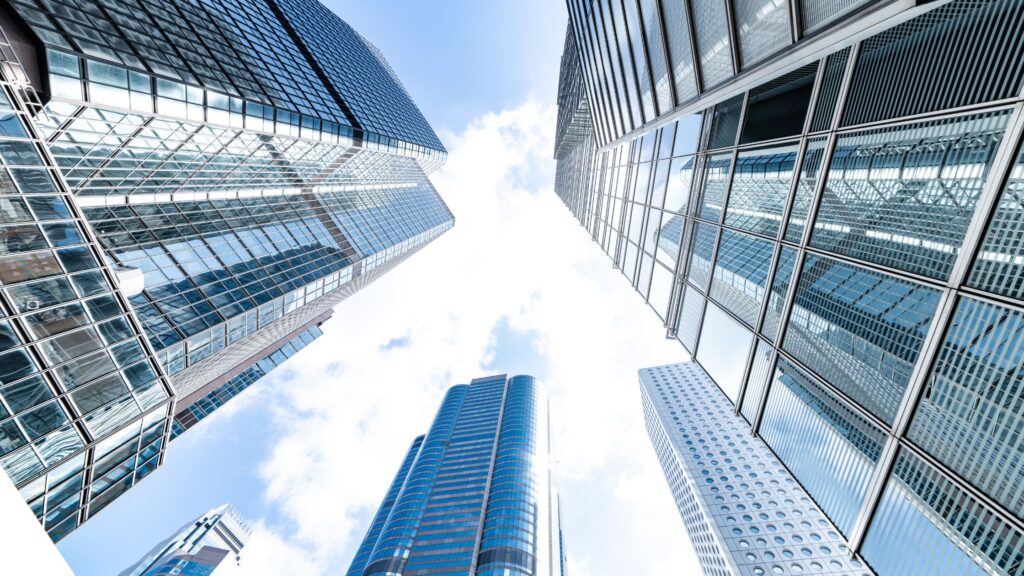
Benefits That Commercial Radon Mitigation Brings
- Health Protection: By significantly lowering radon levels, mitigation reduces lung cancer risks for occupants.
- Regulatory & Market Confidence: A professionally installed system assures businesses, customers, and regulators of safety. It can also facilitate faster property transactions.
- Longevity & Reliability: Properly executed systems can last 20+ years, requiring only periodic checks and maintenance.
- Energy & Comfort: Quality systems may help stabilize indoor air by managing moisture and temperature, often without increasing energy use.
- Peace of Mind: Beyond physical benefits, businesses gain confidence knowing they took proactive action against an invisible threat.
Ongoing Maintenance & Monitoring
Even the best systems need care. Regular inspections—especially of fans and vent pipes—keep systems functional. Advanced setups may include continuous radon monitors that alert to rising levels. Professionals perform routine testing to catch issues early, extending system life and maintaining safe conditions, DSM Radon. Given its critical role, choosing a provider offering maintenance and support is essential.
Conclusion
In summary, Commercial radon mitigation safeguards health, enhances property value, and brings long-term peace of mind. The process—from testing and system design, through installation and maintenance—relies on expertise, certification, and personalized planning.
For trusted, certified Commercial radon mitigation services in the Des Moines metro area, consider the professionals at Des Moines Radon. They specialize in commercial and residential radon testing, air and water mitigation, and ongoing system support—serving schools, offices, restaurants, industrial plants, and more across Des Moines, Ankeny, Johnston, Urbandale, Clive, Waukee, Windsor Heights, Altoona, Pleasant Hill, West Des Moines, and Norwalk.
Visit DSM Radon to get a free estimate and secure a safer, healthier environment for your building.

FAQs
1. What is commercial radon mitigation?
Commercial radon mitigation is the process of reducing radon gas levels in commercial buildings such as offices, schools, restaurants, and industrial facilities. It involves professional testing, system design, installation, and post-installation verification to ensure safe indoor air.
2. Why is radon dangerous in commercial spaces?
Radon is a radioactive gas that can cause lung cancer with prolonged exposure. Since people spend many hours in workplaces, high radon levels in commercial spaces can significantly increase health risks.
3. How do professionals remove radon from a building?
Most commercial radon mitigation systems use active soil depressurization. This method draws radon gas from beneath the building and vents it safely outdoors. Sealing cracks and openings enhances the system’s efficiency.
4. How often should a commercial property test for radon?
It’s recommended to test every two years, after major renovations, or if the building’s use changes. Continuous monitoring systems can also provide real-time radon level data.


